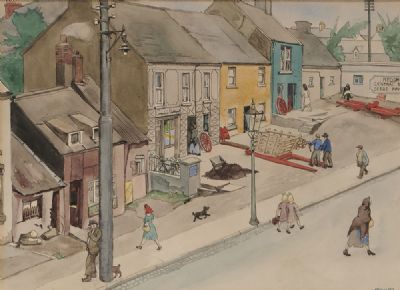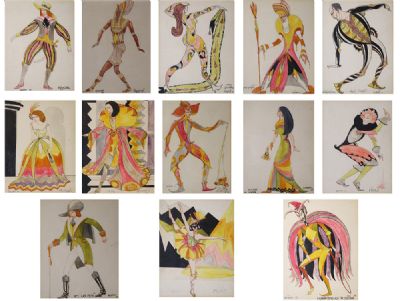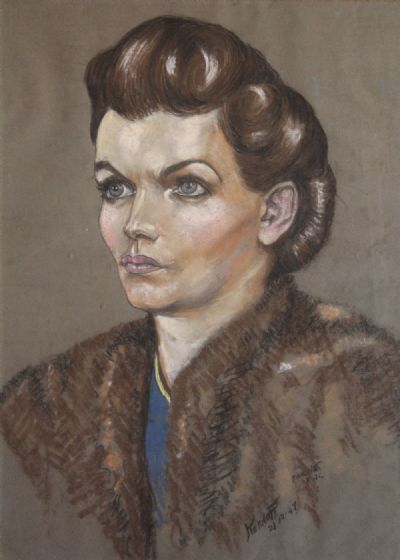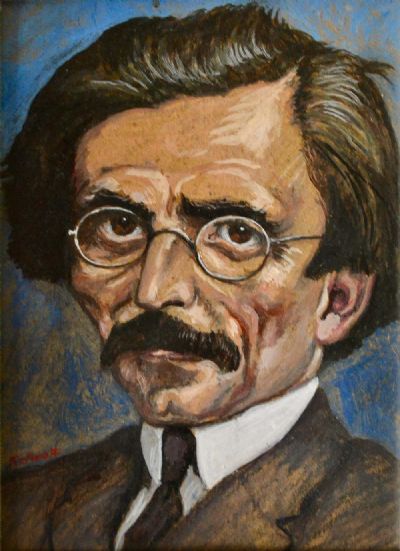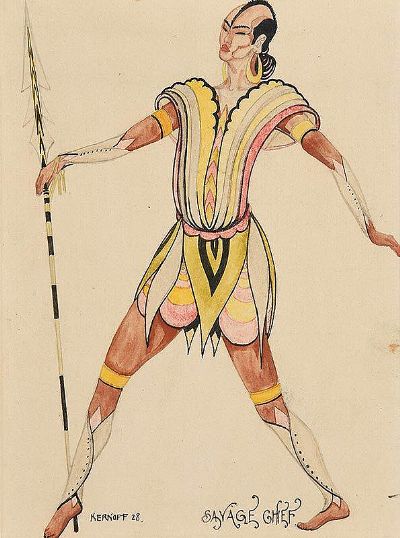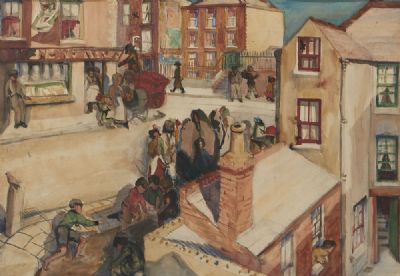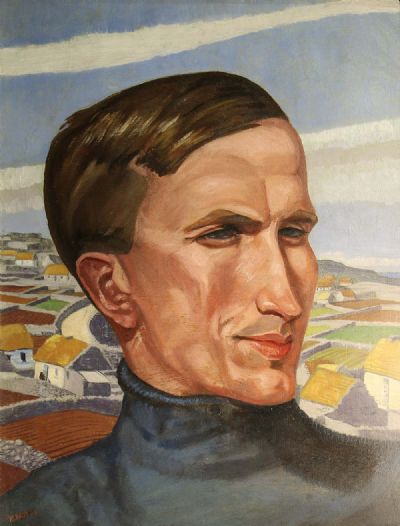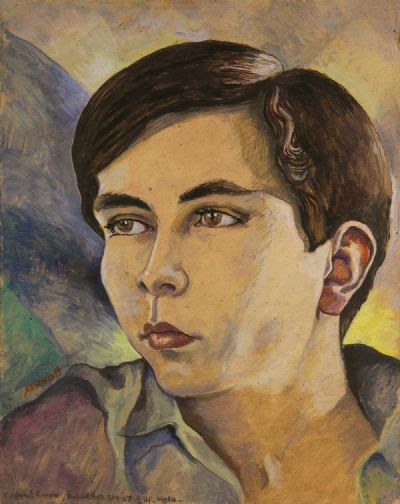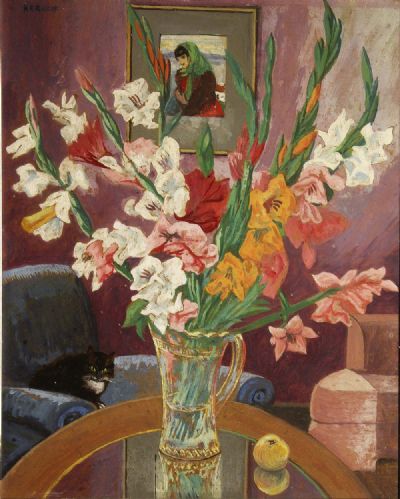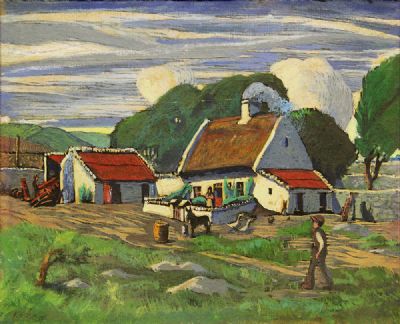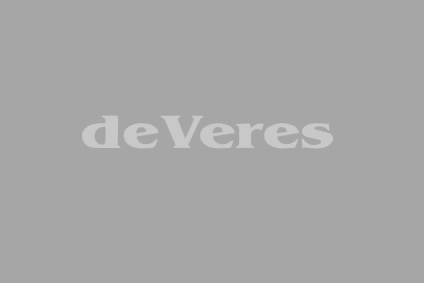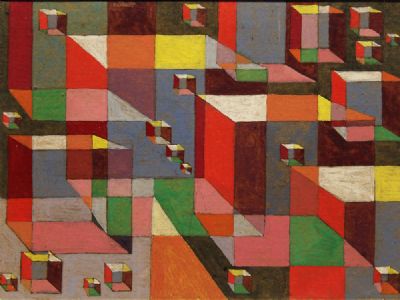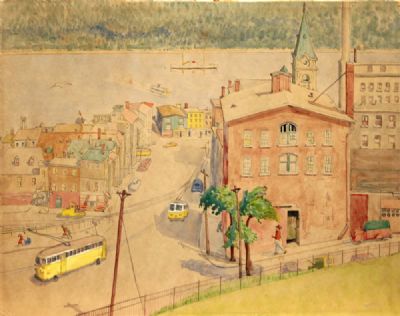Harry Kernoff
Harry Kernoff was born in London but moved to Dublin while in his early teens. His early life in Dublin consisted of his apprenticeship to his fathers furniture trade and night classes at the Metropolitan School of Art where he studied under the auspicious instruction of Sean Keating, among others.
His artistic style can be read as a reaction against the dominant romantic approach to subject and process embodied by artists such as Sir William Orpen. Kernoffs approach, in contrast strove to depict Dublin life and its people in reality, with a strong emphasis on technical form. His aversion to poeticising his subjects created a vacuum in which humour often rushed in.
His artistic career proved diverse and encompassed fine art; particularly portraiture, set and costume design and woodcuts. The latter is what Kernoff was best known for and most prolific with. This medium, new within the history of art in Ireland by this time, set Kernoff apart from his contemporaries.
Perhaps this contributed to his legacy - his pioneering approach to tools of art as well as the mediums specific ability to disseminate images readily. Certainly this as well as his notable contribution to the story of visual art in contemporary Irish history. Harry Kernoff has become a leading figure in his contemporary depiction of Dublin people and life in the city. Among his accomplishments, he was the first student to win the Taylor Art Prize in 1923. He became a full member of Royal Hibernian Academy in 1936, the same year he held his first of three solo exhibitions at Victor Waddington Gallery. 1939 he represented Ireland at New York Worlds Fair.
Read More
His artistic style can be read as a reaction against the dominant romantic approach to subject and process embodied by artists such as Sir William Orpen. Kernoffs approach, in contrast strove to depict Dublin life and its people in reality, with a strong emphasis on technical form. His aversion to poeticising his subjects created a vacuum in which humour often rushed in.
His artistic career proved diverse and encompassed fine art; particularly portraiture, set and costume design and woodcuts. The latter is what Kernoff was best known for and most prolific with. This medium, new within the history of art in Ireland by this time, set Kernoff apart from his contemporaries.
Perhaps this contributed to his legacy - his pioneering approach to tools of art as well as the mediums specific ability to disseminate images readily. Certainly this as well as his notable contribution to the story of visual art in contemporary Irish history. Harry Kernoff has become a leading figure in his contemporary depiction of Dublin people and life in the city. Among his accomplishments, he was the first student to win the Taylor Art Prize in 1923. He became a full member of Royal Hibernian Academy in 1936, the same year he held his first of three solo exhibitions at Victor Waddington Gallery. 1939 he represented Ireland at New York Worlds Fair.
Read More

